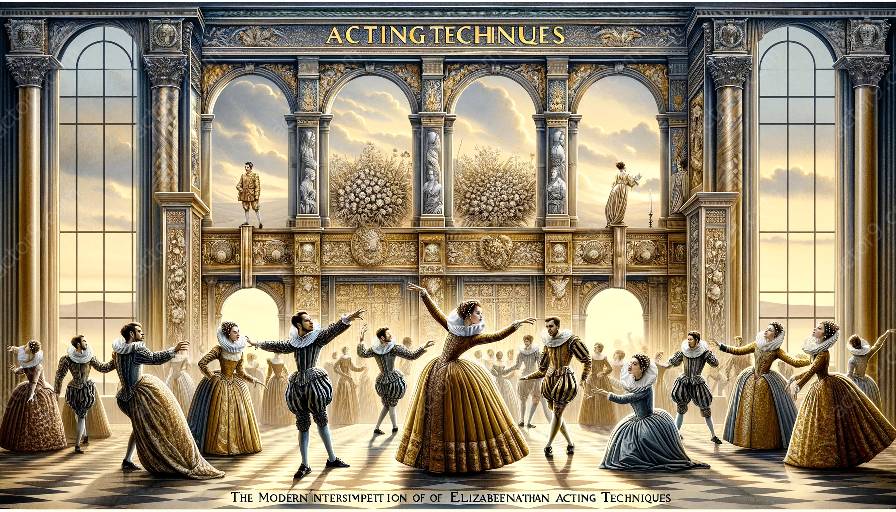During the Elizabethan era, acting techniques were deeply rooted in improvisation, playing a crucial role in shaping the performances of the time. The significance of improvisation in Elizabethan acting can be explored through its influence on character development, the use of rhetoric and oratory, and the portrayal of emotions.
Character Development:
One of the key aspects of Elizabethan acting was the ability of actors to spontaneously embody different characters. Improvisation allowed actors to adapt to unforeseen circumstances and interact with the audience in a natural and engaging manner. This skill was essential in bringing the characters to life and creating a vibrant theatrical experience.
Use of Rhetoric and Oratory:
Improvisation was integral to the use of rhetoric and oratory in Elizabethan acting. Actors were trained to think on their feet and deliver persuasive speeches that captivated the audience. The ability to improvise effectively while utilizing rhetorical devices such as metaphors, similes, and allusions enhanced the impact of the performances.
Portrayal of Emotions:
Emotional depth and spontaneity were fundamental aspects of Elizabethan acting. Improvisation enabled actors to express a wide range of emotions in a manner that felt authentic and compelling. The ability to improvise when confronting challenging or unexpected scenarios enhanced the believability of the characters and their interactions.
Integration with Modern Acting Techniques:
The influence of improvisation in Elizabethan acting techniques can be seen in modern acting practices. Contemporary actors often use improvisation to enhance their performances, develop characters, and engage with audiences. The legacy of improvisation from the Elizabethan era continues to shape the art of acting today.
In conclusion, improvisation played a pivotal role in Elizabethan acting techniques, contributing to the development of richly nuanced performances. Its influence can still be felt in the realm of acting, serving as a testament to the enduring impact of historical theatrical practices on contemporary performance art.













































